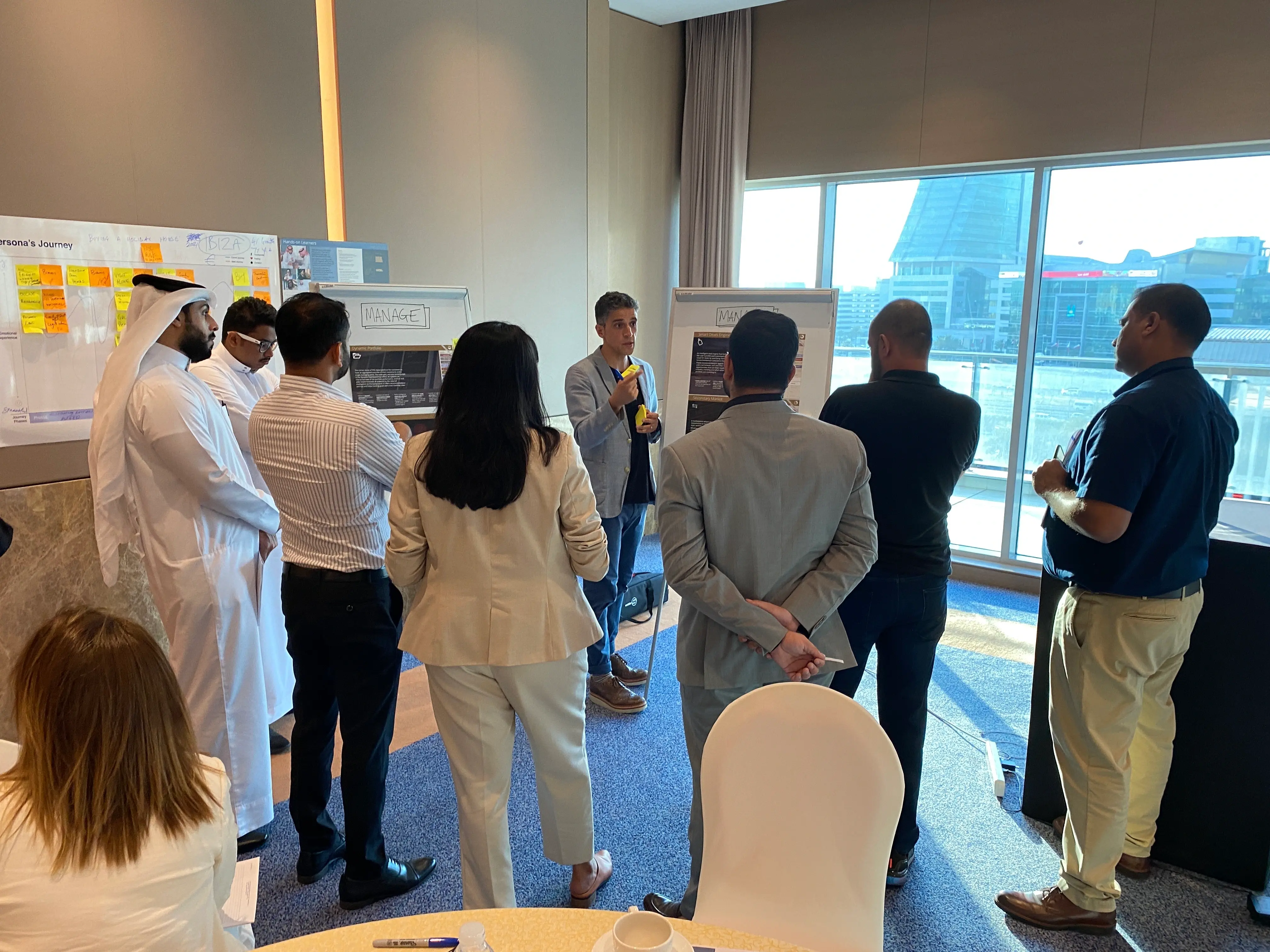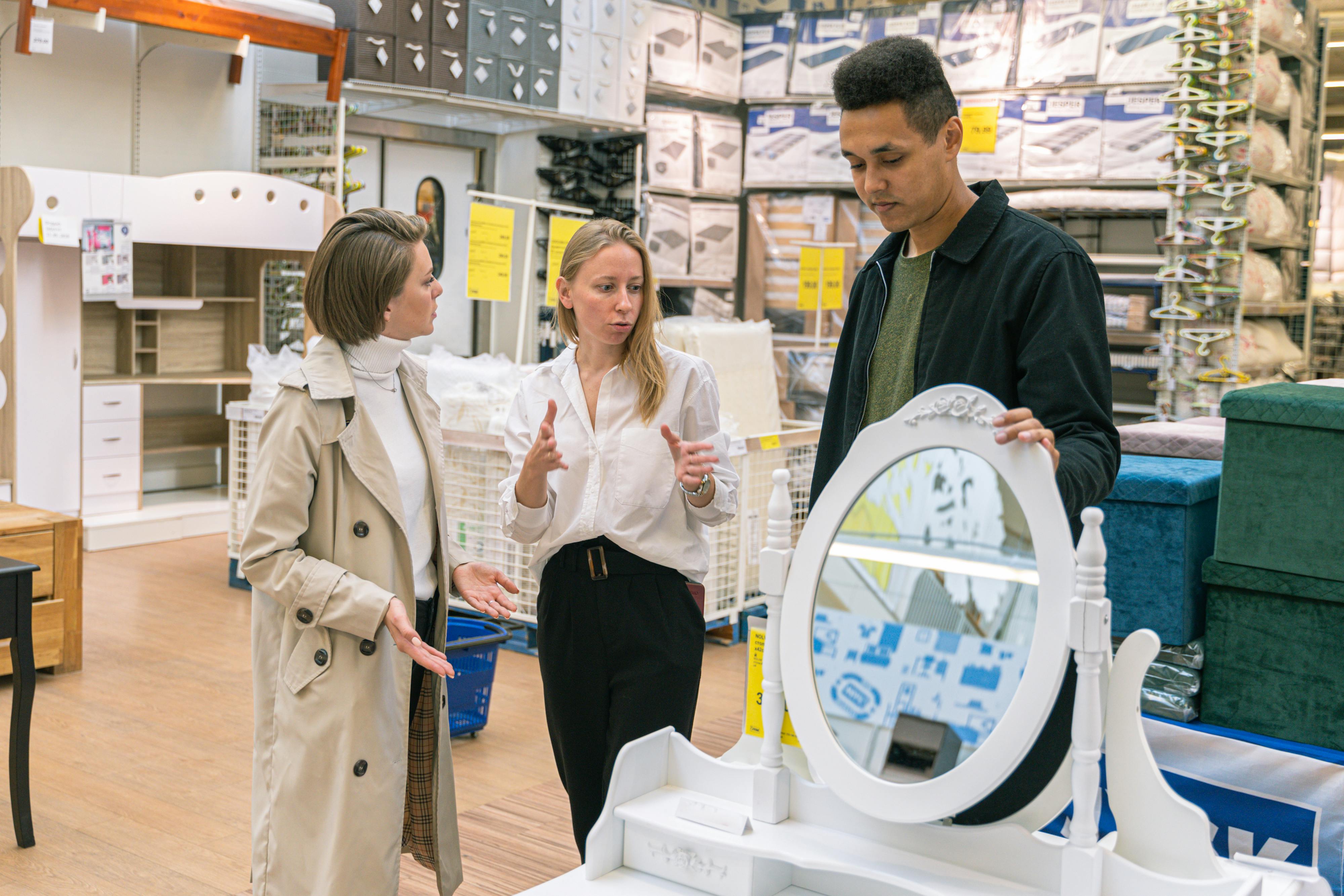Winning over hearts and minds: the secret to creating a lasting design and change culture
- Customer Experience Design,
- Customer Experience Strategy & Vision
- ·
- 6 min read
At Engine, we often say that designing emotionally resonant and memorable experiences is only half the battle. The real challenge is delivering it, embedding it and making the change stick.
We often talk about and truly believe that to create and nurture a design and change culture it’s about winning hearts and minds. This isn’t just a saying or an approach, it’s actually part of being human. It’s biology.
.webp?width=2000&height=1125&name=Bulk%20Images%20to%20WebP%20Converter%20(1).webp)
Why hearts and minds matter
Simon Sinek’s work offers a powerful lens on what it really means to win over hearts and minds.
He says the limbic brain – our heart – governs feelings like loyalty, trust and safety. It’s where decisions happen, especially under stress. It doesn't understand language or logic. It works in feelings, gut instincts and emotional cues. When people say: “It just feels right,” they’re not being irrational; they’re being limbic.
Then there's the neocortex – the rational part of the brain responsible for analysis, data and language. It helps us articulate ideas and justify decisions. But it doesn't drive behaviour, it explains it.
Most decisions are made emotionally in the limbic brain and then rationalised afterward in the neocortex. Leaders who appeal only to the rational mind (data and metrics) may struggle to inspire action to change. If your customer experience (CX) vision doesn’t ‘feel’ right, your people won’t mobilise, change won’t happen, and culture won’t develop – no matter how well it stacks up on paper.
The three CX success factors
At Engine, we have identified three factors that determine the success of any CX transformation:
1. The quality of the design, which depends on how well you understand your customers and what they value.
2. Your ability to inspire your people – those who will bring the design and change to life.
3. Your ability to lead your teams through the change that design demands of your organisation.
These all depend on a clear and meaningful vision.
A CX vision for hearts and minds
Your CX vision must inspire emotion and guide rational action. It should:
- Excite the heart – ambitious, desirable and human.
- Convince the mind – clear, communicable and achievable.
Think about Amazon. Their relentless focus on customer experience – such as one-click ordering, Prime and personalisation – was guided not by competitor benchmarking but by customer obsession. Jeff Bezos made his vision of “Start with the customer and work backward” a mantra, creating internal clarity and external momentum.
He also restructured the organisation to support it, forming small teams who were empowered to act quickly and remove friction. Logistics, tech, data, product were all reimagined through the lens of customer experience.
That’s the blueprint: an inspiring vision paired with a strategy that brings it to life across your systems, teams and technology.

Designing with (and through) your people
As you move from vision to delivery, your people begin to imagine what that future requires of them. They start asking questions like:
- How will this change the way we work?
- Do we have the right tools to deliver?
- How do I know what I need to stop doing, so I can start or shift to something different?
This is when it gets real – and where delivery can stall. Because providing the delivery tools and support isn’t enough. Your teams need a reason to care. That’s where purpose comes in. Your people need to connect emotionally with the ‘why’ of your vision, not just the ‘what’ or ‘how’. When they believe in the purpose, they’re far more likely to act, adapt and persist.
At Engine, we help organisations build the energy and motivation that drives action. We co-create visions, design signature experiences, products and services all whilst building internal alignment with the stakeholders who’ll deliver the change.
Change that builds - and sustains
We know from experience that change is hard, and it doesn’t happen overnight. One of the most powerful strategies we use with clients is identifying and delivering quick wins – small-scale, high-impact improvements that demonstrate progress, energise teams and prove the vision works.
These quick wins help change happen by:
- Building momentum
- Providing real-world evidence
- Testing internal readiness
- Creating tangible value
It’s also a smart way to identify internal change agents – those across the organisation who are naturally inclined to lead, push boundaries and rally others. To enable change, empower them with the vision, provide direction on the strategic initiatives and permission to act. Break down silos. Remove blockers. Give them the tools, autonomy and air cover to make change happen.
Quick wins are designed as part of a longer-term CX roadmap – a structured plan for sustained evolution. With each success, credibility grows. Resistance softens and the culture starts to shift.
Change is about focus and consistency
As an example, let’s look to Allbirds – a brand that has quietly built a global following by staying true to a simple, emotional vision: “Preserving our planet for future generations.”
Instead of chasing fashion trends, Allbirds designed a small product line around natural materials, sustainability and comfort. They introduced carbon footprint labelling for transparency, and elevated both unboxing and in-store experiences to reflect their premium, minimalist aesthetic.
They chose to build trust and loyalty with eco-conscious customers – not just through messaging, but through every product, experience and operational decision. It’s a lifestyle brand built on emotional connection, reinforced by rational evidence (environmental impact, quality, comfort).
This is an example of what it looks like to win hearts and minds. And sustain it.
Creating a culture of continuous design
To make your CX vision a permanent way of working, you need more than just the initial initiatives and plans to make it work. You need to build a culture of continuous design, informed by customers and the ability to adapt. That means embedding the mindset, tools and behaviours that support ongoing improvement.
So, what is the fuel for this culture?
- Internal insight – how well is your organisation set up and able to deliver the CX design? What’s working? What’s not?
- Customer insight – how are customer behaviours and expectations evolving? What matters most to them now?
These learnings should continuously inform your experience strategy, ensuring every next step is smarter than the last. Think of it as a feedback loop between intent and impact.
Keep purpose at the centre
Sustained change isn’t about endless effort. It’s about focused effort aligned to a compelling purpose and supported by evidence of success.
So, as you continue to design and deliver better experiences:
- Keep your vision visible – remind people what you’re trying to achieve
- Celebrate progress – share stories, data and feedback
- Connect the dots – help people see how their efforts are driving outcomes
This is how you win over hearts and the minds. And this is how you create a culture of design and change that lasts.
Ready to make a change that lasts? Let's talk.












